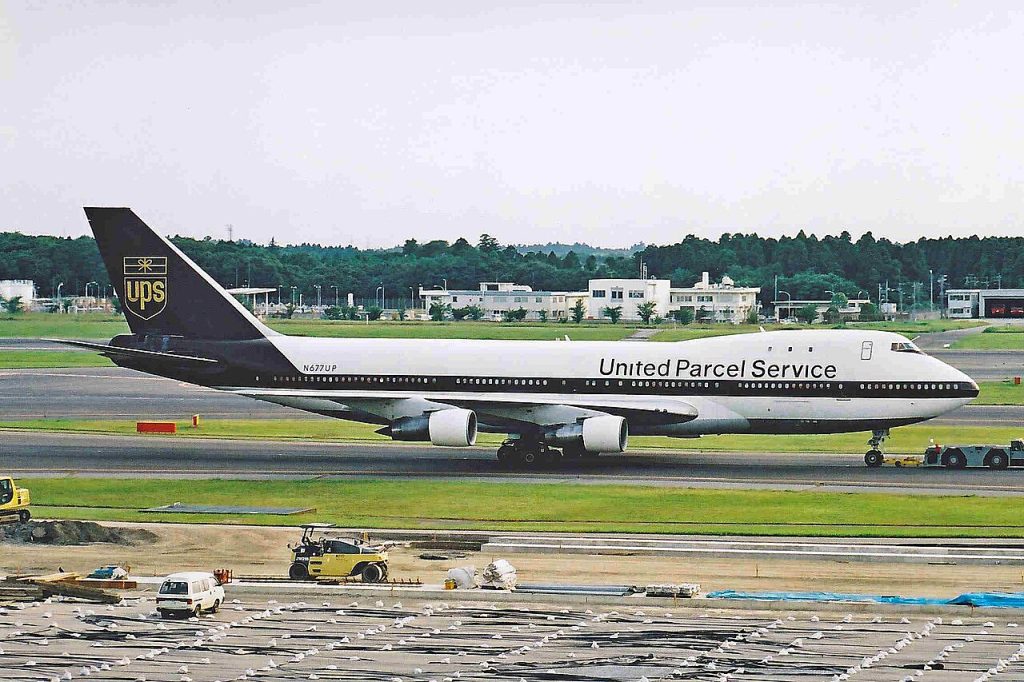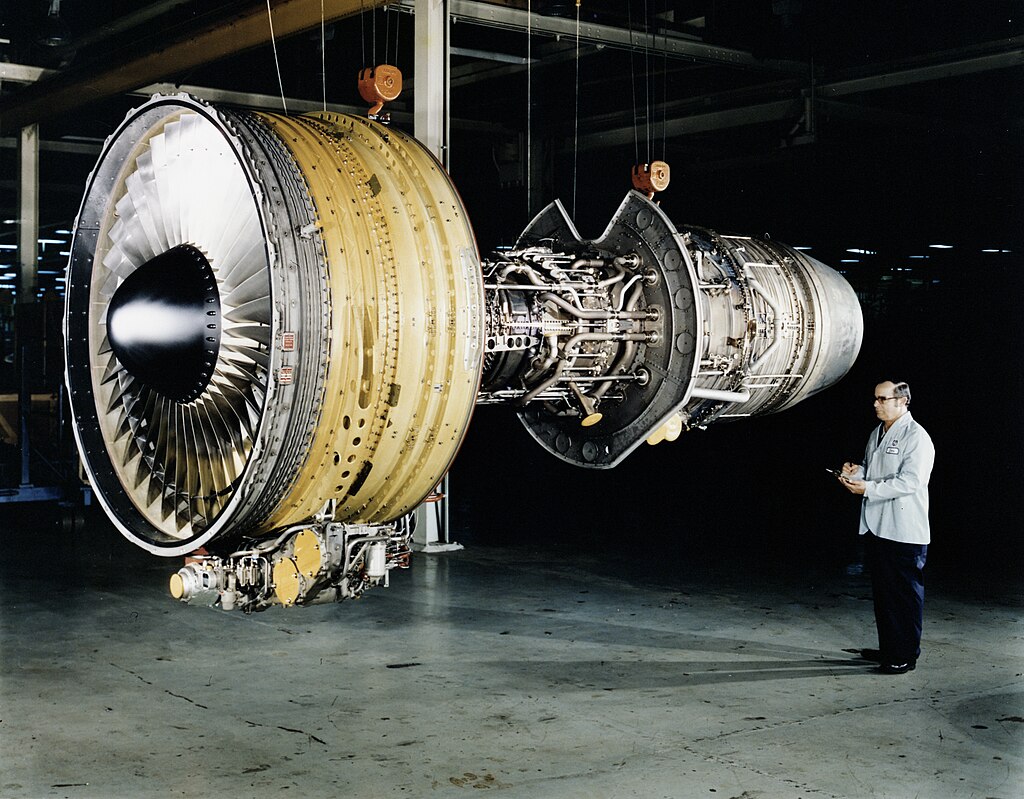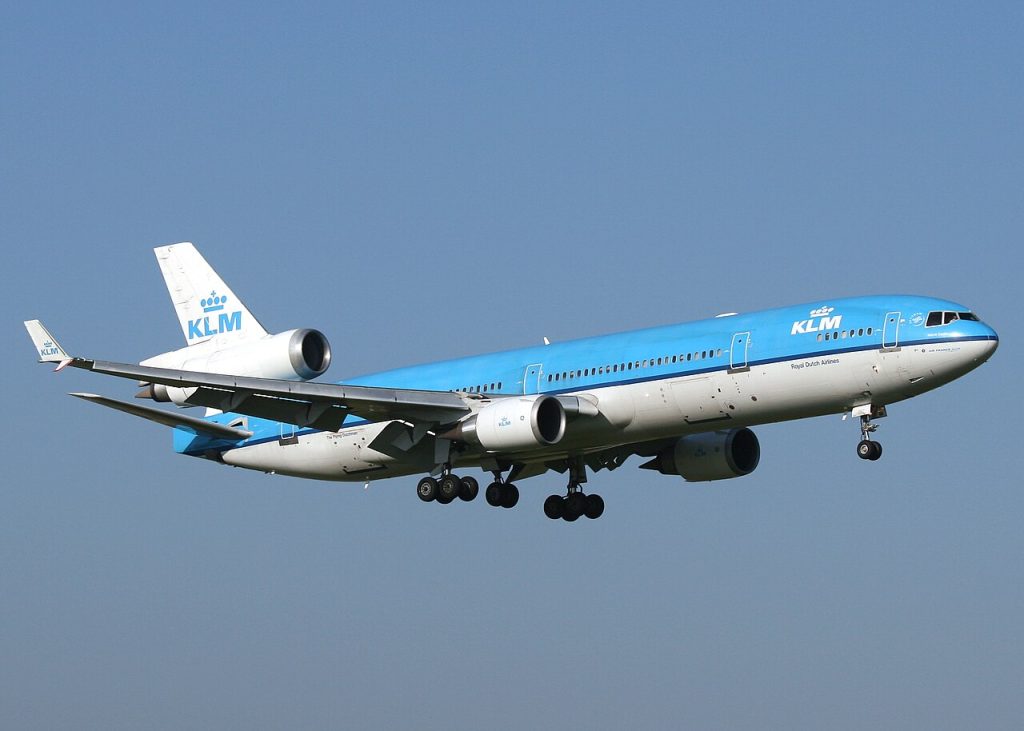
It began with a sudden blaze along the left wing of UPS Flight 2976, an MD-11 freighter accelerating down Louisville’s Runway 17R, and ended less than a minute later in a half-mile swath of destruction. Surveillance video at the airport confirmed what numerous eyewitnesses reported: The No. 1 engine separated from the wing during takeoff, leaving the trijet crippled and unable to climb higher than 175 ft before striking nearby industrial buildings.

1. Success! Sequence of Engine Release
Security video provided to the NTSB showed the GE Aerospace CF6-80C2D1F engine separating during the middle of the roll, settling about 8,700 ft from the departure end of the runway. Separation was accompanied by fire streaming over the left wing toward the fuselage. Investigators will look in part at whether the mechanical structure of the pylon failed or if the pylon was weakened by pre-existing damage. The CF6 family has a history of rare but catastrophic failures, including uncontained disk ruptures that in the past have penetrated fuel tanks.

2. Impact on MD-11 Redundancy Systems
The MD-11 had a tri-jet configuration carrying two wing-mounted engines and a tail-mounted third feeding independent hydraulic systems, thus promising redundancy compared with twin-engine designs. In this respect, theoretically, it should be able to continue flying after the loss of one of its engines. However, video analysis reveals that debris and fire further damaged the tail engine, leaving only the right wing engine as an operational power source. “Losing two engines during take-off leaves the aircraft with only a third of its power and little chance of maintaining flight, especially at maximum take-off weight,” said Marco Chan, an aviation safety expert.

3. Historical Parallels to Flight 191
Comparisons to the 1979 American Airlines Flight 191 disaster, in which a DC-10’s left engine detached, severing hydraulic lines and causing a fatal stall, have been immediate. Though both are very different designs, both incidents occurred shortly after heavy maintenance. Improper pylon reinstallation was blamed in 1979; this MD-11 had been grounded in San Antonio for over a month before returning to service, though the nature of the work is not yet clear.

4. Methods of Forensic Investigation
The NTSB team of 28 is recovering and analyzing the cockpit voice recorder and flight data recorder. Both suffered some heat exposure, but no structural intrusion. Those devices are engineered to withstand extreme thermal loads and investigators expect a full readout. Fragments of engine and pylon will be subject to metallurgical analysis to determine modes of fracture. Maintenance records will be examined for torque specs, component replacements and adherence to service bulletins.

5. Fire Suppression and Fuel Safety Engineering
With 38,000 gallons of jet fuel aboard for the 4,300-mile flight to Honolulu, the MD-11’s fuel system became a major contributor to the postimpact fire. The conflagration was fed by the fact that the aircraft struck a fuel recycling facility. Cargo aircraft use wing-mounted fire suppression systems, but those are for contained engine fires, not the situation in which the engine separates and rips open fuel lines, exposing the tanks to open flame. The NTSB will be evaluating whether fuel shutoff valves were activated and whether fire detection sensors sensed the event before impact.

6. Airframe Age and Maintenance Considerations
Although 34 years old, the MD-11 had undergone a full freighter conversion in 2006, effectively resetting its service life through a “D-check” level overhaul. Age alone is not suspected as a factor, but older airframes require more frequent inspections of structural interfaces such as engine pylons. UPS operates 25 other MD-11s, all slated for eventual retirement in favor of more fuel-efficient freighters.

7. Operational Impact on UPS Worldport
The collision brought to a halt sorting operations at UPS Worldport facility that moves more than 400,000 packages an hour and dispatches as many as 300 flights daily. Contingency plans call for cargo to be rerouted through regional hubs, but the disruption hits weeks ahead of peak holiday demand. Supply chain experts added that physical damage is limited, but temporary loss of the Louisville facility’s throughput capacity forces network-wide adjustments; higher loads are placed on secondary facilities.

8. Emergency Response Challenges
The low-altitude flight path scattered debris and initiated several fires over an industrial area, further impeding firefighting operations. The possibility of hazardous materials resulted in a five-mile shelter-in-place order pending confirmation of cargo manifests. Airport fire units repositioned off-property to provide foam suppression support while maintaining minimum index coverage for resumed runway operations.

Specific questions the investigation will take up in turn are whether the initial fire was cause or consequence of engine detachment, how damage propagated to the tail engine, and whether the maintenance practices met the engineering tolerances concerning CF6 pylon assemblies. The answers will help shape both regulatory oversight and operational risk management for aging tri-jet fleets still in global cargo service.


